The OnePlus One Review
by Joshua Ho on November 19, 2014 8:00 AM EST- Posted in
- Smartphones
- Android
- Mobile
- OnePlus
Display
Within the past few years, smartphone displays have improved immensely. Color rendition, peak brightness, contrast, resolution, viewing angles, and power draw have all improved since the first modern smartphones that appeared in 2007. Of course, while it was once possible to judge relative quality in displays by subjective comparison, most smartphones no longer have TN displays or poor maximum brightness. In order to better test displays, we turn to SpectraCal’s CalMAN 5 with a custom workflow.

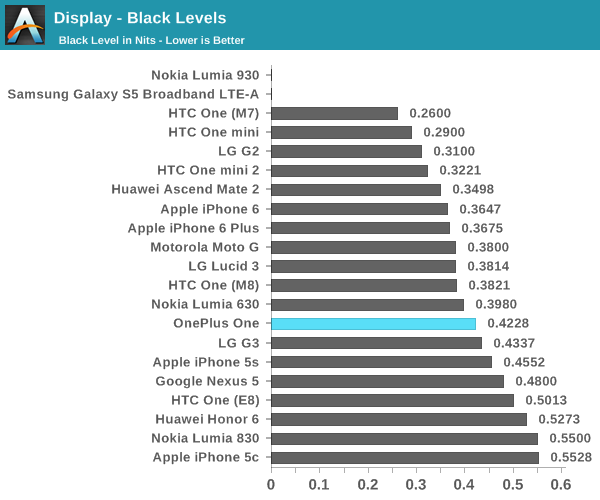
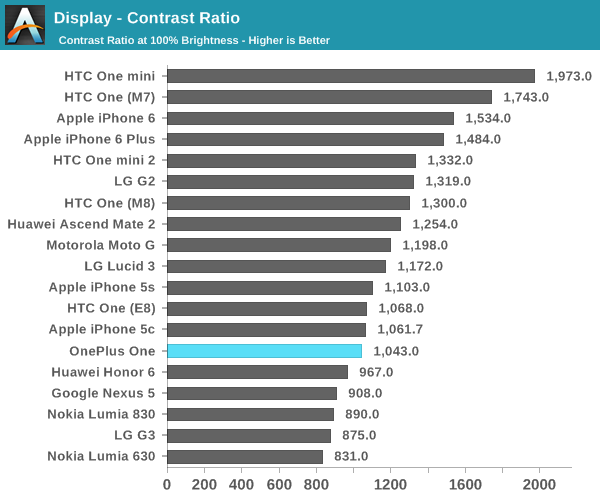
In the basics, we see that the OnePlus One has a reasonably bright display and acceptable display contrast, although there's room to improve in both. OnePlus has also done a good job of making sure that their display gets dim enough for night time reading, as minimum brightness is around 4.2 nits. Viewing angles are also great. While contrast with viewing angle changes isn't as good as AMOLED panels, I don't see any color shifting with viewing angle changes. This seems to remain an advantage of IPS panels for now.
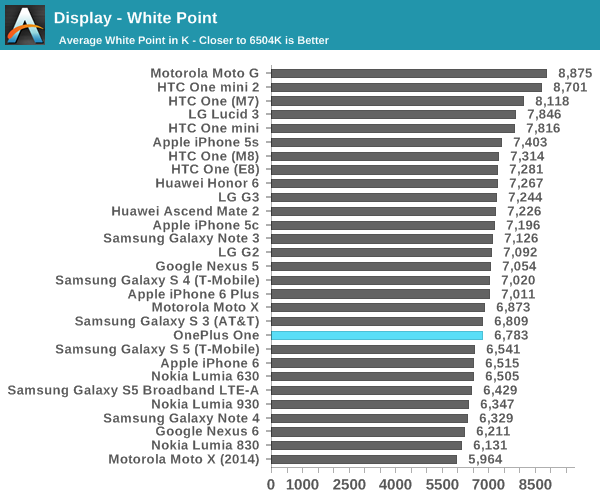
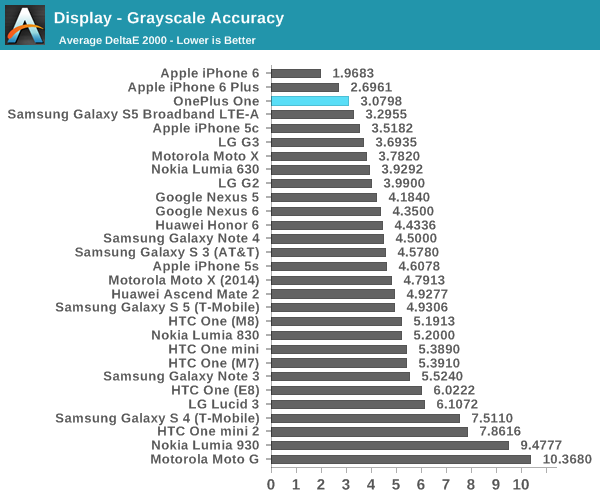
In grayscale, we see that the white balance is just a bit blue, but there really isn’t a big issue there. The OnePlus One sets a record for grayscale accuracy. I would like to see a bit better color balance at the higher scales, but it's really just nitpicking. Specifically, red needs to be bumped up to be in line with green and blue. It's understandable why this is done though, as the display's backlight will be the weakest in red in general.
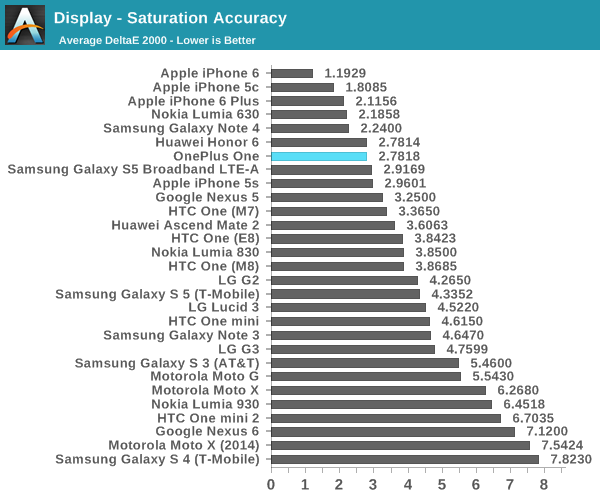
In the saturation sweep, OnePlus has done a great job to make sure that colors are as accurate as possible. The only issue here is that the red, magenta, and blue is a bit weaker than it should be. Some extra saturation would definitely tighten up the accuracy here in addition to making the display more appealing than it is now. However, the display is still incredibly well-calibrated, and will be more than accurate enough for general use.
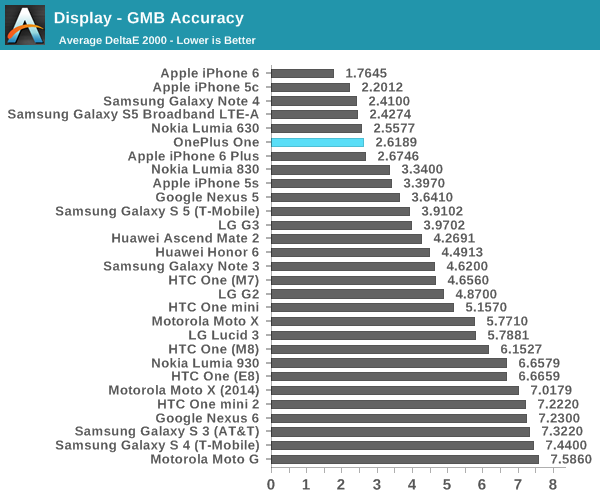
The strong showing in the saturation sweep helps carry the OnePlus One through to do well in the ColorChecker. For the most part, we see that much of the error comes from the issues previously discussed with grayscale. The display overall is great, and while it isn’t perfect, it’s really just nitpicking at this point. The OnePlus One manages to display colors more accurate than almost everything on the market. The only real issue I've noticed with this display is that there's a bit more IPS glow than I'd like when shifting viewing angles.


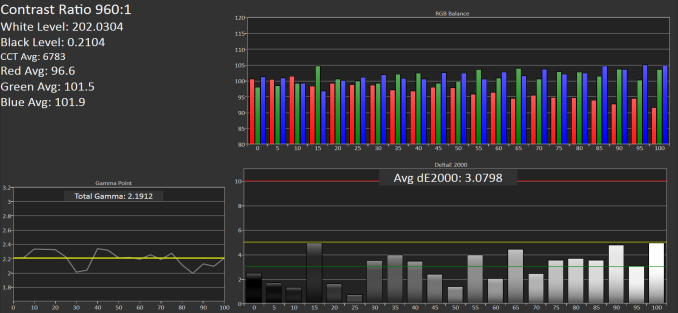
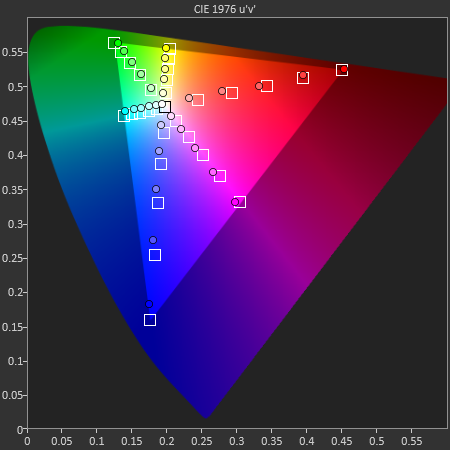
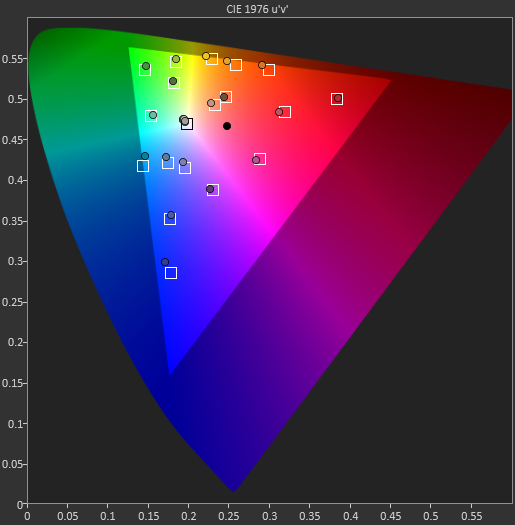








148 Comments
View All Comments
flyingpants1 - Wednesday, November 19, 2014 - link
It doesn't matter, since the screen takes most of the battery power. You have a point about the bezels, though.tipoo - Wednesday, November 19, 2014 - link
Yes, but the added area for the battery has consistently been shown to outweigh that con, ie larger phones are nearly always at the top of the battery life charts outside of outliers like super low power SoCs or huge thick batteries.srkelley - Thursday, November 20, 2014 - link
Honestly, the bezel sort of disappears while you're using this phone. I can definitely see how it would bother some people now, but in the end it can negligible if this is your sort of phone.Also, great review Joshua. I could not have done anything better myself here.
piroroadkill - Friday, November 21, 2014 - link
"but it couldn't have accommodated such a large battery with a smaller one."So there's no way I have a 4.7" phone with a 3300mAh battery then.. oh wait, I do..
DIYEyal - Monday, November 24, 2014 - link
I have a 5" phone with a 5000mAh battery.nevertell - Wednesday, November 19, 2014 - link
"While one can guess that an airplane is for airplane mode and a flashlight is for the torch, a circular arrow is utterly ambiguous in nature. Given the quick access nature of this menu, one might guess that this is a rotation lock toggle but for one reason or another it's actually the auto-sync toggle."Yes, but this is the same icon Google has used in their quick-settings-toggle widgets, with the only difference being that in this case, the quick settings ribbon is accessible in the drop down notifications shade instead on a homsecreen. Whilst it may be hard to understand the meaning of this icon, it is not like the same icon isn't used on most other devices to represent google's autosync.
JoshHo - Wednesday, November 19, 2014 - link
The issue is that this icon is given without any text to explain what it really is. It can be obvious to some but confusing to a lot of people.metayoshi - Wednesday, November 19, 2014 - link
I don't think the Auto Sync circle-arrow has actually been in the quick settings in any official Google ROM, correct me if I'm wrong, so I feel like CM and the rest of the AOSP community may have came up with it themselves. From what I remember, you have, User, Brightness, settings, WiFi, Bluetooth, Battery, Airplane Mode, Auto Rotate, and recently, Cast Screen. Android 5.0 finally added a flashlight officially. No Auto Sync mode.metayoshi - Wednesday, November 19, 2014 - link
Correction to my post: Auto Rotate was only on Tablets. The Auto Rotate quick setting was replaced by Mobile Data on Phones.tipoo - Wednesday, November 19, 2014 - link
Why does the Oneplus One set a record for final run score in the degradation test, when the 6, 6 plus, and HTC One are above it? Or is that including how long it runs relative to those?